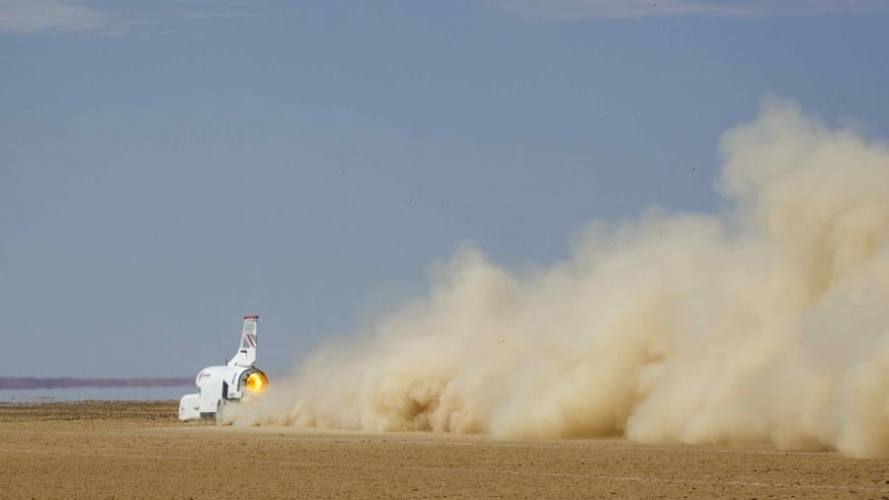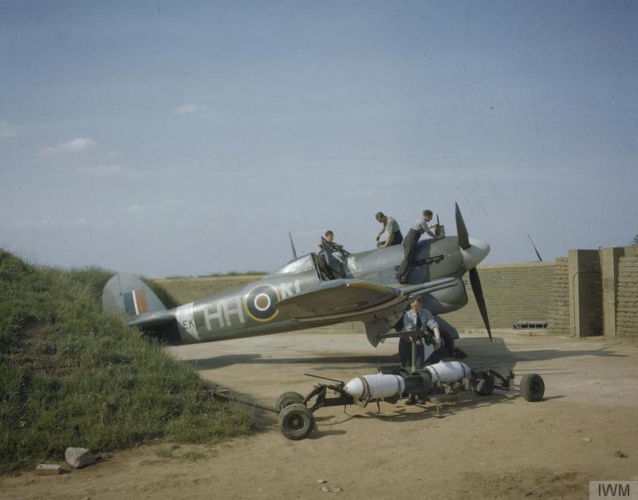Now that Bloodhound is finally up and running we once more have a dynamic engineering figurehead in the public eye. However there are other projects that, in the past decade or two, have garnered as many column inches in the general press whilst barely acknowledging our profession's input. That's not to say the technical aspects have been totally ignored but rather that the "human story" behind each one has been very much to the fore.

Prime examples of this are to be found within the railway preservation community via Tornado and Flying Scotsman. When first unveiled, coverage of the former tended to give timescales and personal sacrifice but, excepting a specific documentary hidden in the schedules, little of the engineering aspects that had to be overcome. True, numbers tend to be trotted out – x hours, y tons of steel, etc – but these are simply journalistic shorthand for the commitment required to fulfil the project's goal.
The language of the engineer is one that draws on the lexicon of mathematics and physics, illuminated through plan and drawing
The Flying Scotsman came out of her protracted rebuild to national hysteria with, again, just a couple of notable documentaries by Auntie Beeb shown on secondary channels. Well, apart from numerous items about “Excitable of Winchester who has been waiting 10 hours in the rain to catch a glimpse as the train goes by”, inevitably quoting so many millions of pounds, so many years and so on.
Coverage of both missed opportunities for shots of drop hammers beating huge ingots into shape, the flash of acetylene as plates are cut or the raw sparking crackle of molten metal being poured. Missed opportunities too for showing the rising excitement as locos are built up from dead, disparate parts to become something that breathes and lives through fire and steam. The language of the engineer is one that draws on the lexicon of mathematics and physics, illuminated through plan and drawing. The deciphering of these equation heavy incantations, glimpsing the secrets of the dark arts of engineering - surely that is what hooks the next generation and brings them in?

Look around and there are plenty of similar projects on the go with the potential for sustained long term, in depth coverage. Bentley are building a batch of new “1929” 4 ½ litre cars, the DeHavilland Sea Vixen is starting to be repaired after her wheels up landing and – the inspiration for this piece – the Hawker Typhoon Preservation Group is aiming to rebuild RB396 to flying condition.
For those who don't know, the Typhoon was a late World War 2 heavy fighter which actually came to excel as a ground attack aircraft. A role that, in particular, was critical in allowing allied forces to make headway immediately after D Day. One of the self-imposed remits for the restoration team is to use as much original material in the aircraft as possible and in the latest newsletter there is a very good piece about the work currently underway on the rear fuselage. As well as using basic technical terms it covers aspects such as the annealing and dressing of aluminium. It also briefly explores the idea of aircraft having a design life and the financial consequences of preservation rather than manufacture from new. It has enough basic information to entice the novice whilst retaining enough content to interest the knowledgable and stands as a model of how the work of our profession can be portrayed to the masses.
The internet provides plenty of opportunity to get this kind of article out there but, perversely, that also means so much is out there already its difficult to get anything noticed by those beyond the already engaged. Promotion by an engineering big hitter, be it commercial organisation or institute, would surely help? The ideal would be a broadcaster picking up the baton and really running with it. Coverage of these kinds of projects should not be produced and broadcast as niche or “minority interest”. They should not be sidelined while C-list celebrities just being C-list celebrities fill prime time slots on major channels. They are far too interesting, and important for that.




Swiss geoengineering start-up targets methane removal
No mention whatsoever about the effect of increased methane levels/iron chloride in the ocean on the pH and chemical properties of the ocean - are we...